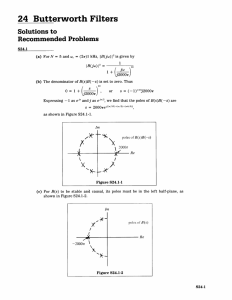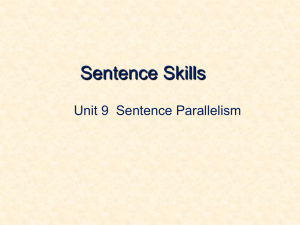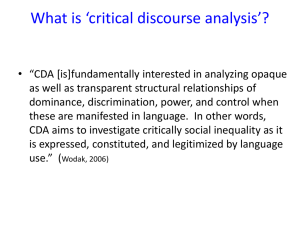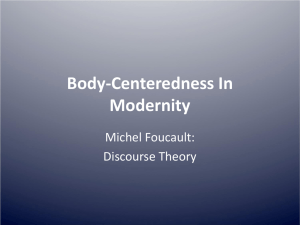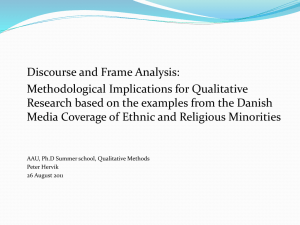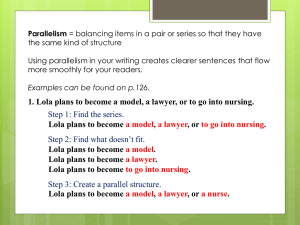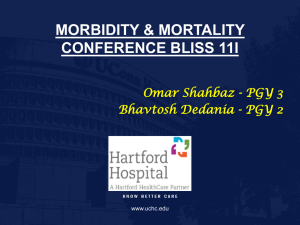Planned & Unplanned Discourse - Emmy Nadia : A Teacher E
advertisement
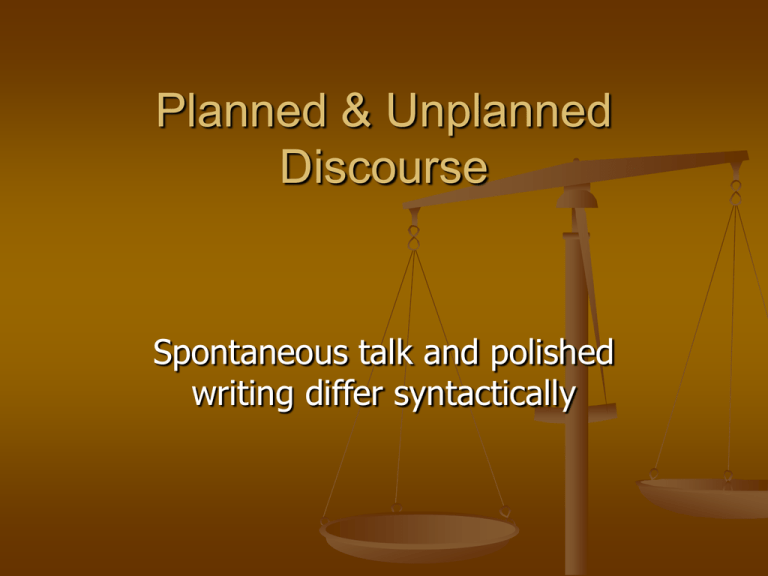
Planned & Unplanned Discourse Spontaneous talk and polished writing differ syntactically Discourse Mode The language of oral and written modes differ. In school, students and teachers must use the L of academic life. What is the language of academic life? Reading, writing and oral. The term planned and unplanned dichotomy came about. Spoken or written could possibly be planned or unplanned. Life requires expertise with highly planned (eg. writing, refined speech) or unplanned (eg. oral or written) discourse modes. Prepared lectures share many features with written L; some written L (eg. Notes) share features with spoken L Six Features Clausal or phrasal versus sentential organization Left dislocation & topic-comment structures Nextness Parallelism Repair Conjoined versus embedded clauses Clausal or phrasal versus sentential organization Interactive talk is clausal or phrasal in structure Example: T: Could you’all get in your group+form a circle+face each other+discuss the question+group leader take charge please. A written version of the oral message should read……. (Sentential) Left dislocation and Topic-comment structures In spontaneous talk, we introduce a new topic, shift the focus, or shade into a new topic by using topic-comment structure Example: 21:18 S24> Well muslims (T) , we must be true muslims 21:21 S24 > got to read the books y’know about the prophets(T) 21:21 S24 > But, mmmm the muslim ummah (T) don’t do that 21:22 S24 > they watch tv and listen to music 21:22 S37 > yeah, we must follow the Quran and hadith 21:22 S24 > Muslims(T)..they know favorite actress favorite singer….star 21:23 S24 > i am sure ,many muslims(T) know britney spears 21:23 S24 > but not rasul saw 21:24 S24 > sometimes i cry alone......... 21:24 S24 > not many wants to be real muslim Convert these utterances to the written version. Qs for discussion Based on your observation, do native speakers use topic-comment structures? Do you as adult non-native speaker adopt topic-comment structures? Should learners be discouraged to use such forms? Why or why not? Nextness In unplanned talk, phrases are often produced one after another, this “nextness” shows that they are related . Example: The weekend y’know + I was so very tired + went to Melaka+ visit my son In written discourse, syntactic structures and explicit cohesive ties can mark these relationships. Parallelism In spontaneous talk, words and phrases are repeated and words seem to touch off the use of words having similar sound sequences. Example page. 241 (Hatch2001) Repetition of sounds and words, and lexical collocations across turns, give the extra cohesion. In written text, we use parallelism while avoiding too much repetition. Poetry is the ultimate example of effective parallelism (rhythm, rhyme, alliteration, and lexical, phrasal and syntactic parallelism.) Poetry is the ultimate example of planning (Hatch, 2001) Assignment Review one of your favorite poems. List types of parallelism-phonological, lexical or syntactic. How do these parallelisms work with the rhythm of the poem? Repair Unplanned discourse is marked by repair Example: All right - I will - I sure will - give you a call – tonight – later tonight yeah. In written discourse, such repairs are removed Question: In which context would repair be more appropriately used? Conjoined vs Embedded Clauses Unplanned talk is often delivered clause by clause or phrase by phrase. Example: When I was in the States +and I was just 18 + you know I went in the 80’s + I was already very independent + and thank God, I decided to wear the ‘hijab’ there+ and no it was not fashion then but commitment. What does the “ands” suggest? How would this excerpt be written? Unplanned talk seldom uses subordinating clause markers such as if, that, because, etc.
